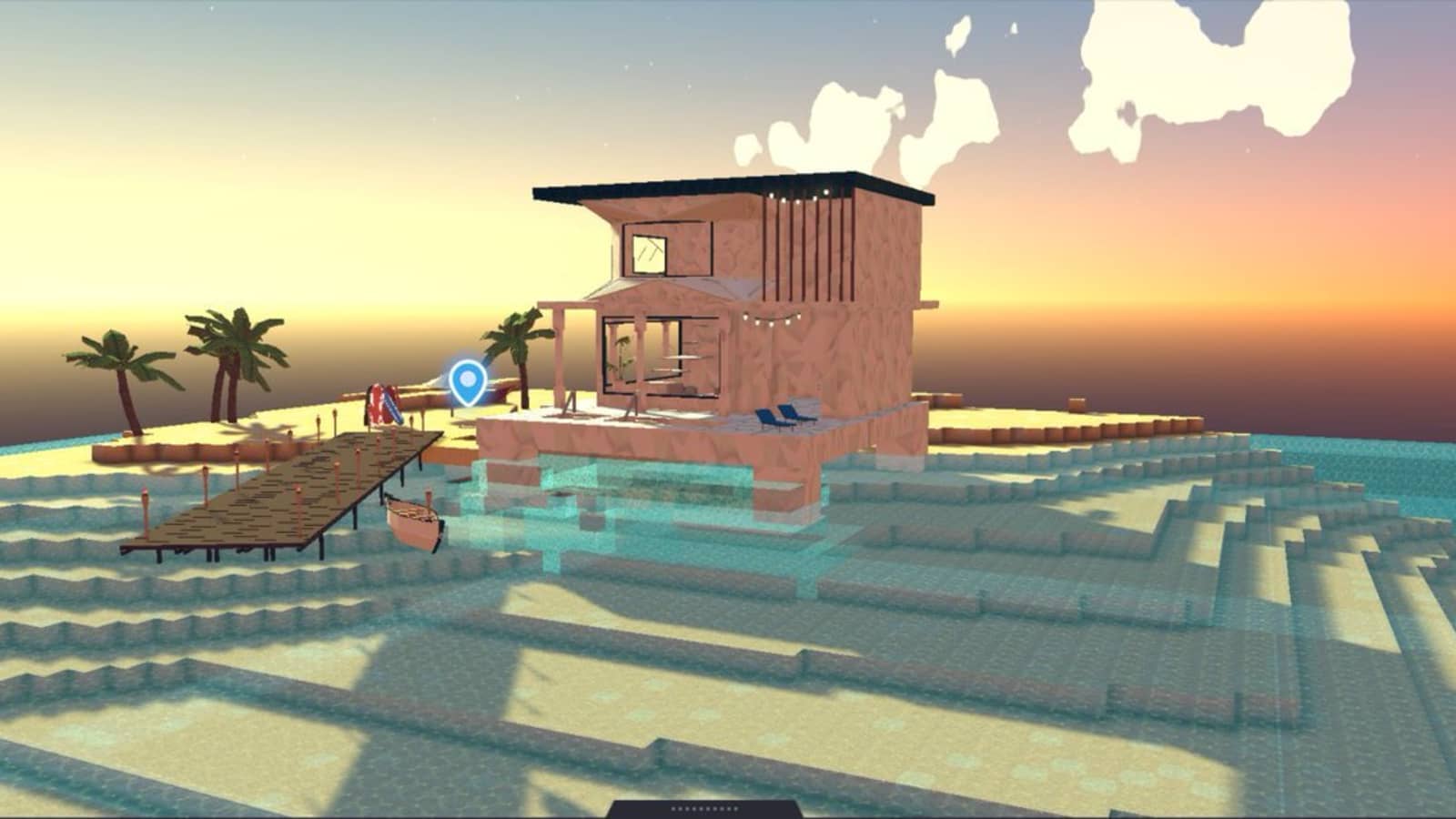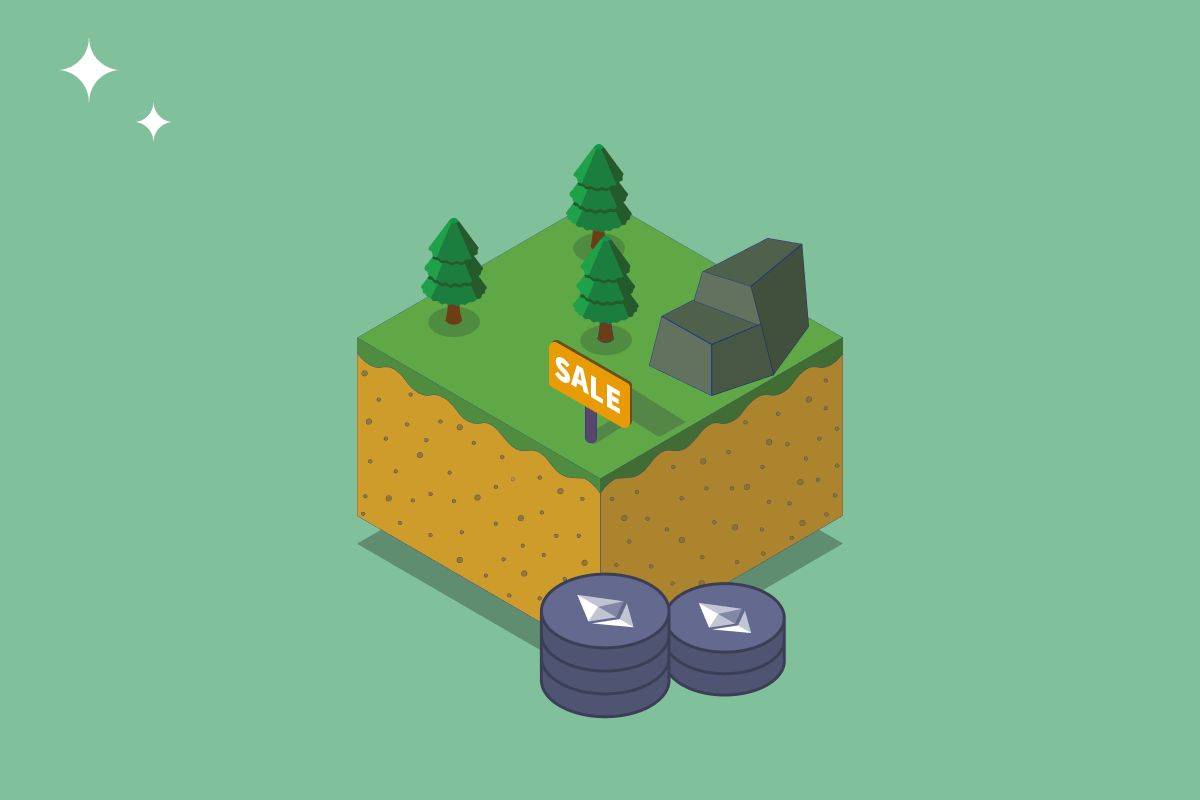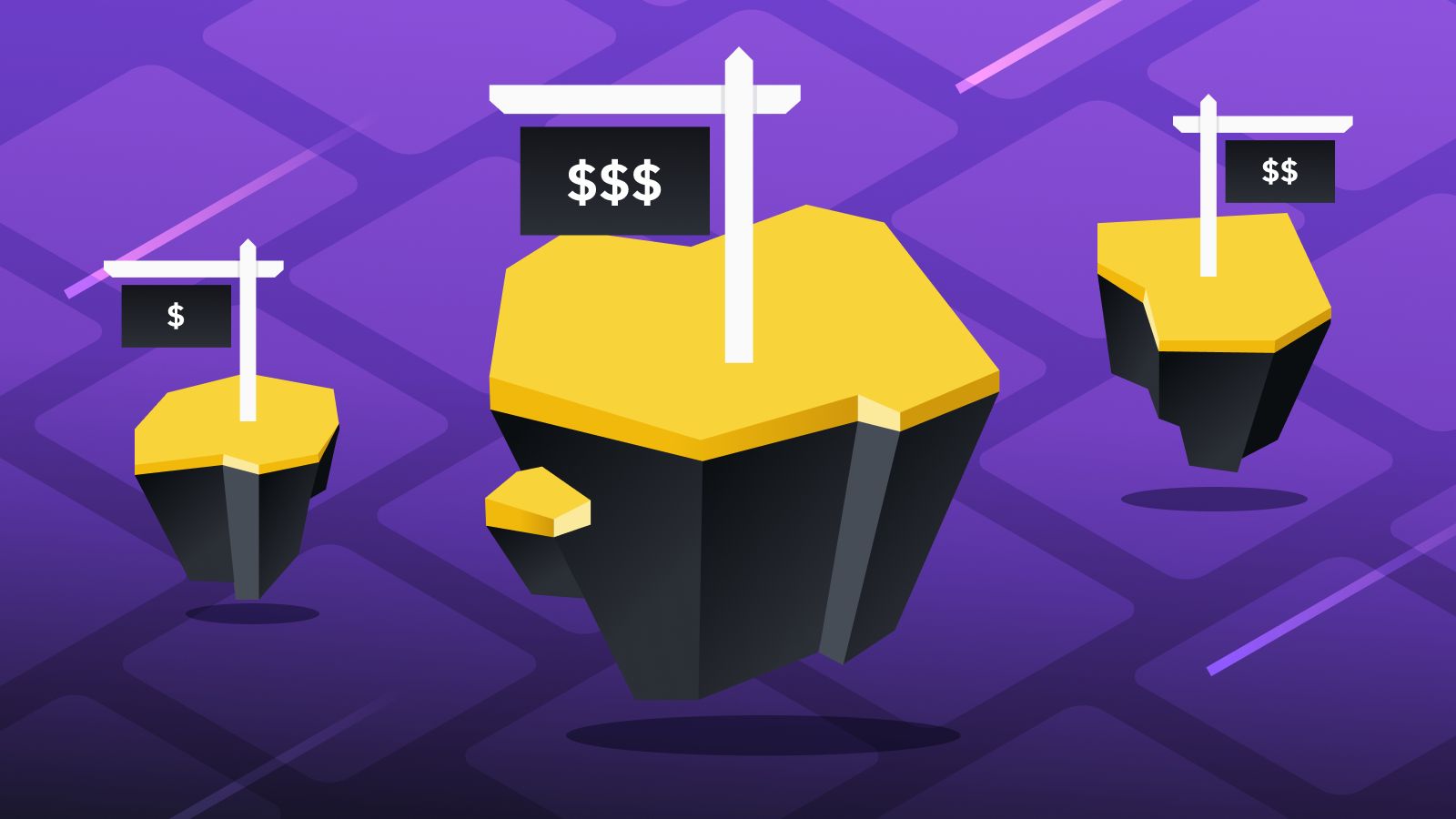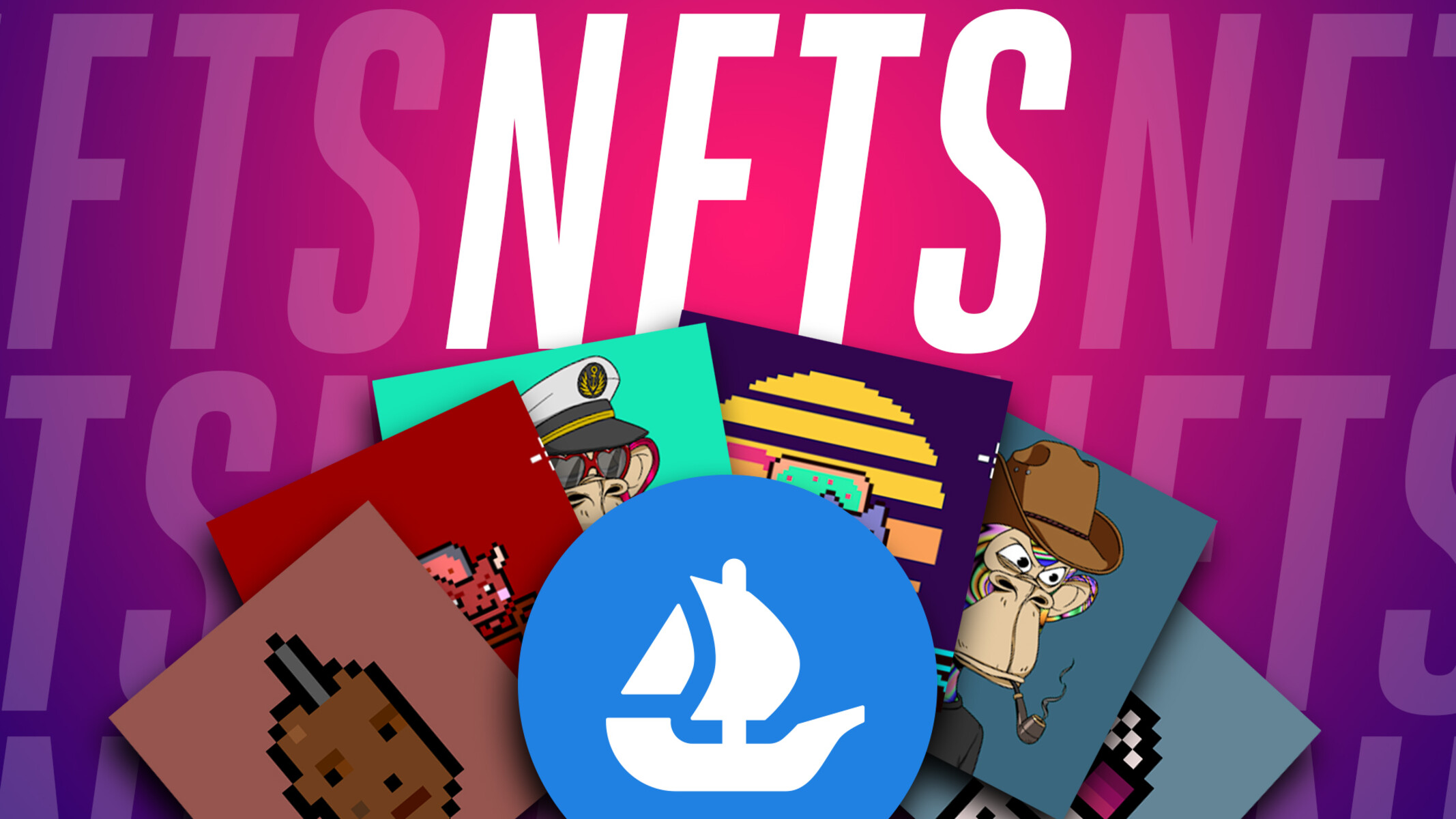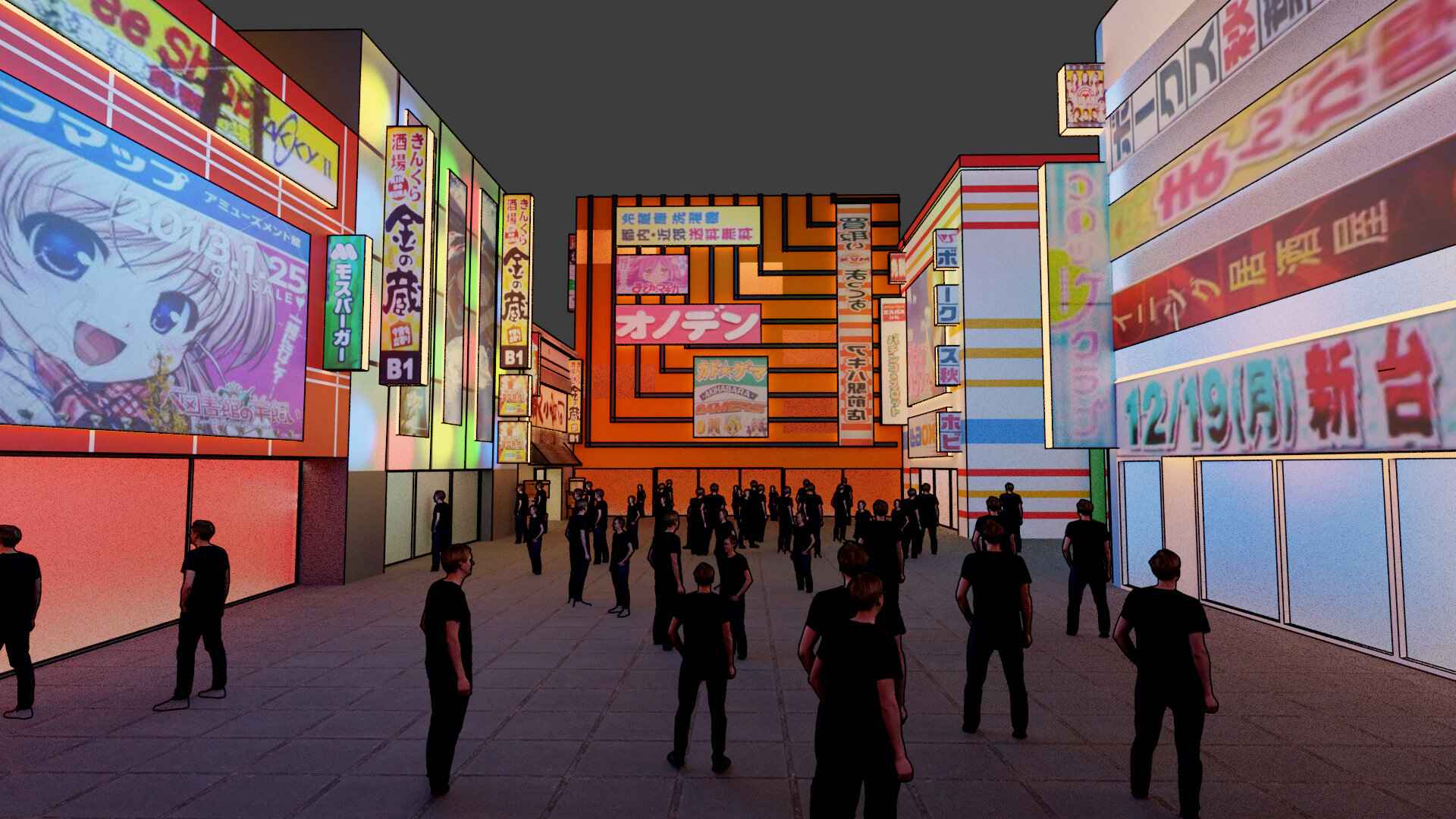Introduction
Welcome to the fascinating world of the Metaverse, where digital realms blend with reality to create immersive and interactive experiences. The concept of the Metaverse has gained significant traction in recent years, fueled by advancements in technology and the growing interest in virtual worlds. As more individuals and businesses venture into this virtual landscape, the question of land ownership in the Metaverse becomes a compelling topic of discussion.
But what exactly is the Metaverse? In simple terms, the Metaverse refers to a collective virtual shared space that is created by the convergence of augmented reality (AR), virtual reality (VR), and the internet. It is a realm where users can interact with each other, explore digital environments, and engage in various activities, ranging from gaming and socializing to commerce and education.
Within the vast expanse of the Metaverse, land ownership plays a crucial role. Just like in the physical world, individuals and organizations have the opportunity to acquire and own virtual land in these digital realms. This ownership grants them various rights and privileges, allowing them to shape and monetize their virtual properties.
But how much does land in the Metaverse actually cost? The answer to this question is not as straightforward as one might think. The cost of land in the Metaverse can vary significantly based on several factors, including the platform, location, size, and demand. In this article, we will delve deeper into the world of Metaverse land ownership and explore the factors that influence its cost. We will also take a look at popular Metaverse platforms and provide pricing examples to give you a better understanding of the market trends. Additionally, we will discuss how you can purchase land in the Metaverse and provide some valuable tips for investing in this emerging digital asset class.
So, if you’re curious about the Metaverse and want to learn more about the cost and process of acquiring virtual land, strap on your virtual reality headset and get ready to dive into this captivating realm. Let’s explore the virtual landscape and discover the potential of Metaverse land ownership.
What is the Metaverse?
The term “Metaverse” has been buzzing around in recent years, but what does it actually mean? In simple terms, the Metaverse can be described as a digital universe, an interconnected virtual world where users can interact with each other and experience a wide array of virtual environments and activities.
The concept of the Metaverse draws inspiration from science fiction and futurist visions of a fully immersive digital realm. It encompasses a combination of augmented reality (AR), virtual reality (VR), and the internet, enabling users to merge their physical and digital existence.
Imagine stepping into a world where you can explore breathtaking fantasy landscapes, participate in thrilling adventures, build and customize your own virtual properties, socialize with friends from around the globe, attend virtual concerts or conferences, and engage in virtual commerce. The possibilities are endless.
In the Metaverse, users can create avatars, which serve as their digital representations, allowing them to navigate the virtual landscapes, interact with other users, and carry out various activities. Avatars can be customized to reflect the user’s preferences and sense of identity, adding a personal touch to the virtual experience.
One of the key aspects of the Metaverse is its open-ended nature. Unlike traditional video games or virtual worlds that are limited and controlled by a central authority, the Metaverse is a decentralized and user-driven space. It is designed to be an ever-evolving and collaborative environment, where users can create and shape their own content, contributing to the collective growth and development of the virtual universe.
The Metaverse is not just a playground for entertainment. It has the potential to revolutionize various industries and offer new avenues for business and economic opportunities. Companies and entrepreneurs can establish virtual storefronts, offer digital goods and services, host virtual events, and tap into a global audience.
As technology continues to advance, the boundaries between the physical and digital realms are blurring, and the Metaverse holds the promise of redefining our relationship with the virtual world. It offers a new dimension of connectivity, creativity, and exploration, fundamentally changing the way we interact, learn, and experience.
In the next sections, we will explore the fascinating world of Metaverse land ownership, its associated costs, and how you can get involved. So, put on your VR headset, and let’s delve deeper into the digital wonderland of the Metaverse!
Land Ownership in the Metaverse
In the Metaverse, land ownership plays a pivotal role in shaping the virtual landscape and driving economic activities. Just like in the physical world, individuals and organizations can acquire and own parcels of virtual land within these digital realms. Land ownership in the Metaverse comes with a range of rights and opportunities, making it a coveted asset for many.
When you own land in the Metaverse, you have the power to customize and develop the virtual space as you see fit. You can build structures, create virtual businesses, establish social hubs, organize events, and much more. The possibilities for creativity and entrepreneurship are virtually limitless.
Land in the Metaverse is typically represented as virtual plots or parcels, which can vary in size and location. These parcels can be bought, sold, and traded, forming a vibrant virtual real estate market. The value of a particular parcel of land is influenced by several factors, including its location, accessibility, desirability, and the demand for virtual real estate at the time.
Similar to physical real estate, owning land in the Metaverse can potentially generate revenue streams. For example, you can collect rent from other users who wish to use your virtual space for events or commercial purposes. Additionally, you can monetize your land by selling virtual goods or services, such as digital artwork, virtual items, or experiences.
Land ownership in the Metaverse also offers social and community-building opportunities. By owning a piece of virtual land, you can connect with like-minded individuals and participate in a thriving community. You can collaborate with others to create virtual projects, organize events, or simply enjoy the social aspect of the Metaverse.
It is worth noting that land ownership in the Metaverse is often facilitated through blockchain technology. Blockchain provides a secure and transparent system for recording and verifying ownership rights, ensuring that your virtual land is securely and immutably recorded on the blockchain.
As the Metaverse continues to grow and evolve, land ownership will become an increasingly sought-after asset. Whether you are an individual looking for a creative outlet, an entrepreneur seeking new business opportunities, or an investor looking for alternative assets, owning land in the Metaverse opens up a world of possibilities.
In the next sections, we will explore the various factors that can influence the cost of land in the Metaverse and take a closer look at popular Metaverse platforms for land ownership. So, stay tuned as we dive deeper into this exciting virtual domain!
Factors That Affect the Cost of Land in the Metaverse
The cost of land in the Metaverse can vary widely depending on several factors. Understanding these factors can help you determine the value and potential return on investment when it comes to purchasing virtual real estate. Here are some key factors that influence the cost of land in the Metaverse:
1. Platform and Metaverse Ecosystem: Different Metaverse platforms have their own unique ecosystems, user bases, and levels of development. The popularity and reputation of the platform can influence the demand for virtual land, subsequently impacting its cost. Established platforms with a large user base and robust infrastructure generally tend to have higher land prices compared to newer or less popular platforms.
2. Location within the Metaverse: Just like in the physical world, location matters in the Metaverse. Certain areas within virtual realms may be more desirable or have higher foot traffic, leading to increased demand and higher land prices. Factors such as proximity to popular attractions, community hubs, or established virtual neighborhoods can impact the value of land within the Metaverse.
3. Size and Shape of the Land: The size and shape of a parcel of land also play a role in determining its cost. Larger plots of land typically come with a higher price tag due to their increased potential for development and customization. Unusual or unique shapes may also command higher prices, especially if they offer distinctive design opportunities.
4. Accessibility and Connectivity: The ease of access and connectivity to a particular virtual world or Metaverse platform can influence land prices. Areas that are easily accessible and well-connected to transportation hubs or popular gathering spots may have higher demand, driving up the cost of land in those locations.
5. Scarcity and Supply: Limited supply can significantly impact the cost of land in the Metaverse. If there is a shortage of available land or if the platform has implemented scarcity measures, the prices of existing parcels can rise due to increased competition among buyers. Similarly, the availability of new land releases or expansions can also influence pricing dynamics.
6. Development and Infrastructure: The level of development and infrastructure in a virtual world can influence land prices. Areas with well-designed landscapes, advanced building tools, and a developed community may carry a premium due to the enhanced user experience and potential for collaboration and commerce.
It’s important to note that the above factors are not exhaustive, and other variables may come into play depending on the specific virtual world and Metaverse platform. Additionally, market dynamics, trends, and user preferences can also impact land prices in the Metaverse.
In the next section, we will explore some popular Metaverse platforms known for land ownership and dive into pricing examples to give you a better understanding of the cost of land in the Metaverse. So, let’s continue our exploration of this exciting digital frontier!
Popular Metaverse Platforms for Land Ownership
With the rise of the Metaverse, several platforms have emerged as popular destinations for land ownership and virtual experiences. Each platform offers its unique features, communities, and opportunities for virtual land ownership. Here are a few popular Metaverse platforms known for their land ownership capabilities:
1. Decentraland: Decentraland is a blockchain-based virtual world where users can buy, sell, and develop virtual land known as LAND. The platform uses its native cryptocurrency, MANA, for transactions. Decentraland allows users to create and monetize their virtual experiences by building and selling virtual goods, hosting events, and forming communities.
2. The Sandbox: The Sandbox is a decentralized, community-driven virtual world that allows users to buy and own land known as LAND. The platform utilizes blockchain technology for secure land ownership and incorporates a user-friendly building tool that enables users to create and monetize their virtual experiences. The Sandbox also has a thriving marketplace where users can buy, sell, and trade virtual assets.
3. Cryptovoxels: Cryptovoxels is a voxel-based virtual world where users can purchase and own virtual land known as parcels. Built on the Ethereum blockchain, Cryptovoxels emphasizes artistic expression and creativity. Users can build and customize their virtual spaces, visit galleries and museums, and interact with a vibrant community of artists and collectors.
4. Somnium Space: Somnium Space is a persistent, open-world virtual reality platform that offers land ownership and immersive experiences. Users can purchase and develop virtual land known as parcels, which can be customized and monetized. Somnium Space supports virtual reality headsets for a fully immersive experience and offers social features, events, and marketplace functionalities.
5. NeosVR: NeosVR is a user-created virtual reality platform that enables users to buy, sell, and own land. The platform emphasizes customization and interactivity, allowing users to design their virtual spaces, create and share content, and collaborate with others. NeosVR supports different VR devices and offers a range of features for creative expression and social interaction.
These platforms are just a glimpse of the vast landscape of the Metaverse, and there are several others worth exploring. Each platform has its own unique community, design tools, and economy, providing diverse options for land ownership and virtual experiences.
It’s important to research and evaluate different platforms based on your preferences, goals, and the community dynamics before making a decision to invest in virtual land. Understanding the platform’s user base, development roadmap, and governance model can help you make informed decisions about land ownership in the Metaverse.
In the following section, we will delve into pricing examples from different Metaverse platforms to give you a better understanding of the range of costs associated with land ownership. So, let’s continue our journey into the exciting world of Metaverse land ownership!
Pricing Examples from Different Metaverse Platforms
As the Metaverse continues to gain popularity, the cost of land in different platforms can vary significantly. Factors such as platform popularity, location, size, and demand all play a role in determining the price of virtual land. Here are some pricing examples from different Metaverse platforms to give you an idea of the cost range:
Decentraland: In Decentraland, the cost of virtual land can vary based on several factors. As of writing, the average cost for a small LAND parcel in desirable areas ranges from a few hundred dollars to several thousands of dollars. Prime locations, proximity to popular attractions, and established community hubs can command higher prices. Larger parcels or those located in strategic locations can reach tens of thousands or even hundreds of thousands of dollars. It is worth noting that the land prices in Decentraland can fluctuate based on market trends and user demand.
The Sandbox: The cost of land in The Sandbox also varies depending on factors such as location, size, and demand. Prices for smaller LAND parcels start from a few hundred dollars, while larger and more prime parcels can range from thousands to tens of thousands of dollars or more. The value of the land can be influenced by its proximity to popular attractions, the potential for development, and the artistic value of neighboring parcels.
Cryptovoxels: Cryptovoxels offers a variety of virtual land parcels, each with its own characteristics and price point. Prices for smaller parcels in less central areas start from a few hundred dollars, while larger and more desirable parcels closer to popular landmarks or community hubs can range from thousands to tens of thousands of dollars. The artistry and uniqueness of neighboring parcels can also impact the value of the land in Cryptovoxels.
Somnium Space: The cost of land in Somnium Space is influenced by factors such as location, size, and development potential. Prices for smaller parcels in less prominent areas can start from a few hundred dollars, while larger and more desirable parcels or those with development potential can reach several thousands of dollars. The immersive nature of Somnium Space and the potential for hosting events or commerce can contribute to the value and pricing of the land.
NeosVR: The cost of land in NeosVR can vary depending on the size, location, and development opportunities. Prices for smaller parcels can range from a few hundred dollars, while larger parcels with more development potential and strategic locations can reach several thousands of dollars. The flexibility and customization options in NeosVR can influence the value and pricing of virtual land within the platform.
It’s important to note that these pricing examples are just a snapshot and can change over time. The Metaverse market is dynamic, influenced by factors such as market trends, user demand, and the evolution of the platforms themselves. It’s always advisable to research and monitor the market before making any purchasing decisions.
In the next section, we will explore how you can purchase land in the Metaverse and provide some valuable tips for investing in this emerging digital asset class. So, let’s continue our journey into the world of Metaverse land ownership!
How to Purchase Land in the Metaverse
If you’re ready to dive into the exciting realm of Metaverse land ownership, you may be wondering how you can purchase your own piece of virtual real estate. While the process may vary slightly depending on the platform, here are some general steps to guide you:
1. Choose a Metaverse Platform: Research and explore different Metaverse platforms to find one that aligns with your interests, goals, and budget. Consider factors such as platform features, user base, development roadmap, and community dynamics before making a decision.
2. Create an Account: Once you’ve selected a platform, create an account to start your journey into the Metaverse. Follow the registration process and provide any necessary information to set up your account.
3. Get Familiar with the Platform: Take the time to explore and familiarize yourself with the platform. Understand the platform’s interface, features, and tools related to land ownership. Read any documentation or tutorials provided by the platform to enhance your understanding.
4. Browse Available Land: Most platforms will have a marketplace or a designated area where available land parcels are listed. Browse through the listings and explore the different options. Consider factors such as location, size, pricing, and any unique attributes of the land.
5. Research and Evaluate: Before making a purchase, research the land parcels that interest you. Look at the surrounding area, community engagement, existing developments, and any upcoming plans or events that may impact the value or desirability of the land.
6. Make a Purchase: Once you’ve found a land parcel that meets your criteria, follow the platform’s instructions to make a purchase. This may involve using the platform’s native currency, connecting a digital wallet, or going through a specific verification process.
7. Secure and Verify Ownership: After the purchase is complete, the platform will typically record your ownership of the land on the blockchain or in their database. Ensure that you receive the necessary confirmation or proof of ownership to safeguard your investment.
8. Customize and Develop: Now that you’ve acquired your virtual land, it’s time to unleash your creativity. Customize and develop your land according to your vision. Depending on the platform, you may have access to building tools, scripting capabilities, and other features to bring your virtual space to life.
Remember, land ownership in the Metaverse is an evolving field, and each platform may have its own specific processes and guidelines. Stay informed by engaging with the platform’s community, reading platform updates, and following any news related to virtual land ownership.
In the next section, we will provide some essential tips for investing in Metaverse land, helping you navigate the world of virtual real estate and make informed decisions. So, let’s continue our journey into the realm of Metaverse land ownership!
Tips for Investing in Metaverse Land
Investing in Metaverse land can be an exciting opportunity, but it’s essential to approach it with careful consideration and strategic planning. Here are some tips to help you make informed decisions and maximize the value of your virtual real estate investment:
1. Research and Due Diligence: Before investing in Metaverse land, thoroughly research the platform, community dynamics, and market trends. Understand the platform’s development roadmap, governance model, and track record. Look for active communities, engaged developers, and a clear vision for the platform’s future.
2. Diversify Your Portfolio: Consider diversifying your virtual land portfolio across different Metaverse platforms or locations within a platform. This can help mitigate risks and expand your exposure to different communities and potential growth opportunities.
3. Location and Demand: Pay attention to the location of the land within the Metaverse. Areas with high demand, strong communities, or proximity to popular landmarks and attractions are generally more desirable and may offer better long-term value. Consider factors such as foot traffic, accessibility, and growth potential when evaluating the location.
4. Scalability and Future Development: Look for land parcels that offer scalability and potential for future development. Investing in land with ample space and room for expansion can increase its value as the Metaverse ecosystem evolves and grows.
5. Infrastructure and Community: Assess the quality of the platform’s infrastructure and the strength of the community. Look for platforms that provide robust tools, a user-friendly interface, and a vibrant community of developers and users. An active community can enhance your virtual land’s value and provide networking and collaboration opportunities.
6. Participate and Engage: Actively participate in the platform’s community, attend virtual events, and engage with fellow users. Building relationships and staying connected can unlock valuable insights, partnerships, and potential collaborations. It also demonstrates your commitment to the community, which can positively impact the perception of your virtual land.
7. Keep an Eye on Trends: Stay up to date with the latest trends and innovations in the Metaverse. The landscape is rapidly evolving, and being aware of emerging technologies, new platforms, or shifts in user behavior can help you make informed decisions and stay ahead of the curve.
8. Embrace Creativity: The Metaverse offers endless opportunities for creativity and innovation. Experiment with virtual experiences, host events, and think outside the box to enhance the value and desirability of your virtual land. Providing unique and engaging content can attract users and potential investors to your virtual space.
Remember, investing in Metaverse land is still a nascent and rapidly evolving industry. It’s important to remain flexible, adapt to changing market conditions, and be prepared for potential risks and challenges. By staying informed and following these tips, you can navigate the Metaverse market with confidence and make strategic investment decisions.
In the next section, we will wrap up our exploration of Metaverse land ownership and summarize key takeaways from this article. So, let’s move on to the final section!
Conclusion
The Metaverse presents a thrilling frontier where individuals and businesses can own and shape virtual land within immersive digital realms. As technology continues to advance, the interest in Metaverse land ownership grows, offering exciting opportunities for creativity, entrepreneurship, and investment.
In this article, we explored the concept of the Metaverse and its significance in the digital landscape. We discussed the factors that influence the cost of land in the Metaverse, including platform popularity, location, size, and demand. We also delved into popular Metaverse platforms known for land ownership, such as Decentraland, The Sandbox, Cryptovoxels, Somnium Space, and NeosVR, providing insights into the unique features and pricing dynamics of each platform.
We discussed the steps involved in purchasing land in the Metaverse, emphasizing the importance of research, due diligence, and understanding the platform’s ecosystem and community. Additionally, we provided valuable tips for investing in Metaverse land, encouraging diversification, considering location and demand, and actively engaging with the platform’s community.
It’s crucial to remember that the Metaverse is a rapidly evolving landscape, with technological advancements and market trends shaping its direction. As the industry continues to mature, staying informed, adapting to changes, and embracing creativity will be key factors in maximizing the value of your virtual real estate investments.
Whether you’re an artist showcasing your work, an entrepreneur establishing a virtual business, or an investor seeking alternative assets, the Metaverse offers a universe of possibilities for land ownership. So, put on your digital avatar and immerse yourself in this exciting realm where the boundaries between the physical and digital blur, and let your imagination soar.
Thank you for joining us on this journey into the world of Metaverse land ownership. Happy exploring and may your virtual ventures be prosperous!







